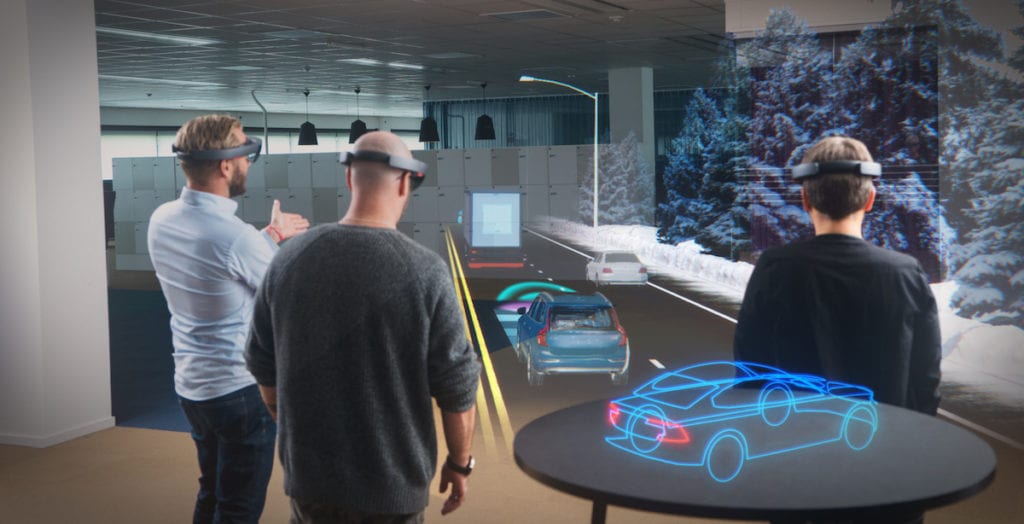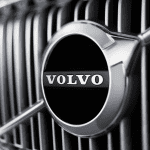This is bonkers. These augmented reality goggles (AR) are created by an unlikely pairing: Volvo and Microsoft. The goggles are called HoloLens, and are a $5,000 computer that you strap on your head to enter the AR world. It’s the world’s first fully untethered holographic computer, and these goggles will serve a dual-fold purpose in the automotive industry. First, to give customers a more hands-on look at the end product before that product is even released. Secondly, to help engineers more efficiently and effectively build cars.
Cool, right? Of course it is, go science!
First Used at Dealerships and Auto Shows
The initial step in using the HoloLens unveiled at dealerships and autoshows. Like I said above, it was to give customers a 3-D experience with the actual end products.
How does it provide a 3-D experience? By integrating digital information (the car) with the user’s environment in real time. It’s not virtual reality, where it submerges the user into an artificial environment. Instead, it simply overlays new information on top of it.
Therefore, you could take the latest Volvo car, plug the info into the goggles, strap the goggles on your head, and have a look around. One way this could be useful to consumers is if the automaker uploaded the interior of the vehicle from the driver’s point of view. Then, you simply sit in a chair, strap on the goggles, and presto! You’re sitting in the latest car.
This is huge because it could (potentially) change the way customers experience car buying. But, the impact of the HoloLens is even bigger on the engineering side of the fence.
The Future of Creating Automobiles
We could be witnessing the future of automobile creation. In fact, there are already 15 engineers using the HoloLens goggles to help speed up the development of new models, components, and in-car features.
Volvo’s business developer (digital & connectivity consumer services unit) says the engineers are absolutely ecstatic about this potential because it allows these engineers to also solve problems faster than ever before.
For example, if you’re an engineer wearing the HoloLens, you don’t just see the hologram of a specific part. No, the detail is much greater than that. You can also twist the part, turn it, and “move closer” to it. As you do this, you can see inside the part. You’re able to see how it’s constructed and quickly find any internal problems. These AR parts are the exact representations of the parts found in the vehicle, which is just amazing.
It Goes Even Further
The usefulness of the HoloLens goes even further. Volvo has already said it will not create an app for engineers or require a tablet or computer to activate AR functions. In other words, any device that connects to a web browser will be able to use it.
Therefore, the tool will immediately be able to connect the dots between engineers and designers. Or, engineers and the sales and marketing team – if a client has a more in-depth question. With this effortless way to pass around info within the automotive world, you’ll be able to give or receive updates, feedback, or report issues about the object in real time. Even though the object isn’t really there.
This is truly amazing and only solidifies the fact that Volvo is always taking strides to advance the automotive industry. The possibilities are endless with the HoloLens and I hope this technology quickly gains traction.




